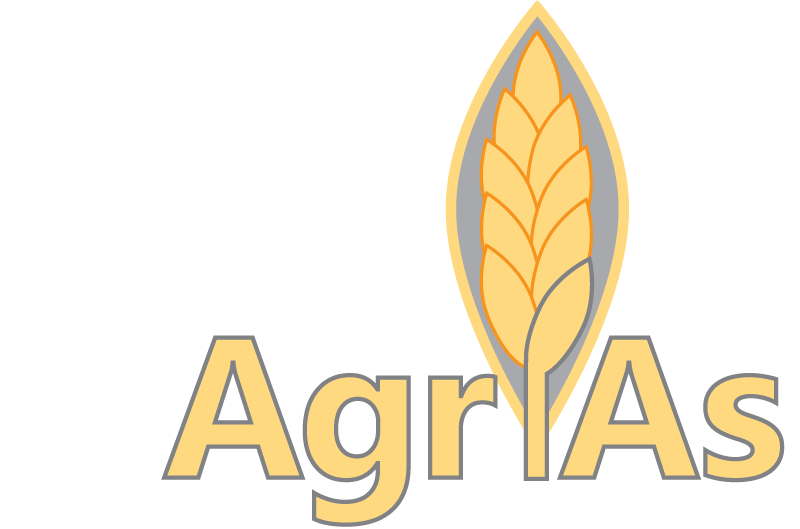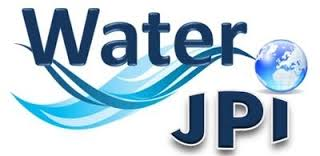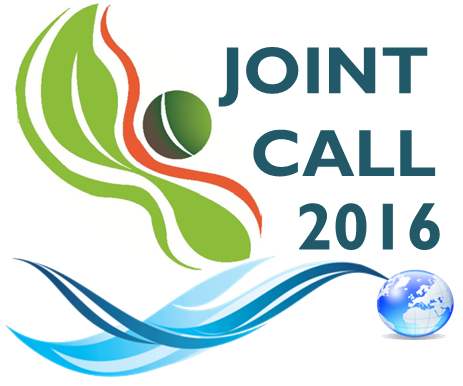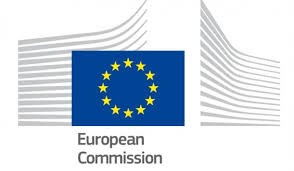WP5. Sustainable management of arsenic risk & recommendations
(Leader: GTK, Partners: all partners)
Objective
Based on the results of WP 1-4, the main objective of WP4 is the development of a cohesive framework for the management of As in agricultural soils.
Approach
Task 5.1 Baseline assessment, compilation and evaluation of gathered information (WP 1-4)
Compilation and evaluation of existing recommendations and guidelines for As from different countries (EU and global); available data on As in different surface and groundwater sources; Soils and crops; Treatment options and efficiency of As removal; Risks for health and the environment from As exposure. The evaluation in Task 5.1 will involve geochemical modelling.
Task 5.2 Prepare a framework for management for compliance to the guidelines
This will be done with respect to the developed methodologies for ensuring: sustainability of agricultural soils – with respect to the guideline values and the natural background concentrations; protection of groundwater resources, and predicting the uncertainties of risk mitigation.
Recommendations for the formulation of management guidelines will be based on the outcomes of previous WP´s and accordingly will be compiled, together with information about the derivation of the criteria for surface water quality and groundwater quality and the assessment of soil quality.
Task 5.3 Harmonized set of recommendations for sustainable management of the risks
This will be based on: sustainability of agricultural soils– with respect to the guideline values and the natural background concentrations; the results generated in WP2, 3 and 4 on the three specific contaminated environments; Minimizing mobility of As from mining contaminated soils and surroundings protection of groundwater resources, and Harmonization with the global As contamination scenario in natural and anthropogenic affected systems.
Outputs
- Report on the Baseline assessment and evaluation of existing recommendations and guidelines on As in the environmental systems
- Framework for management for compliance to the guidelines
- Report on recommendations for sustainable management of the risks linked to the land and aquatic environments in a generic perspective.







